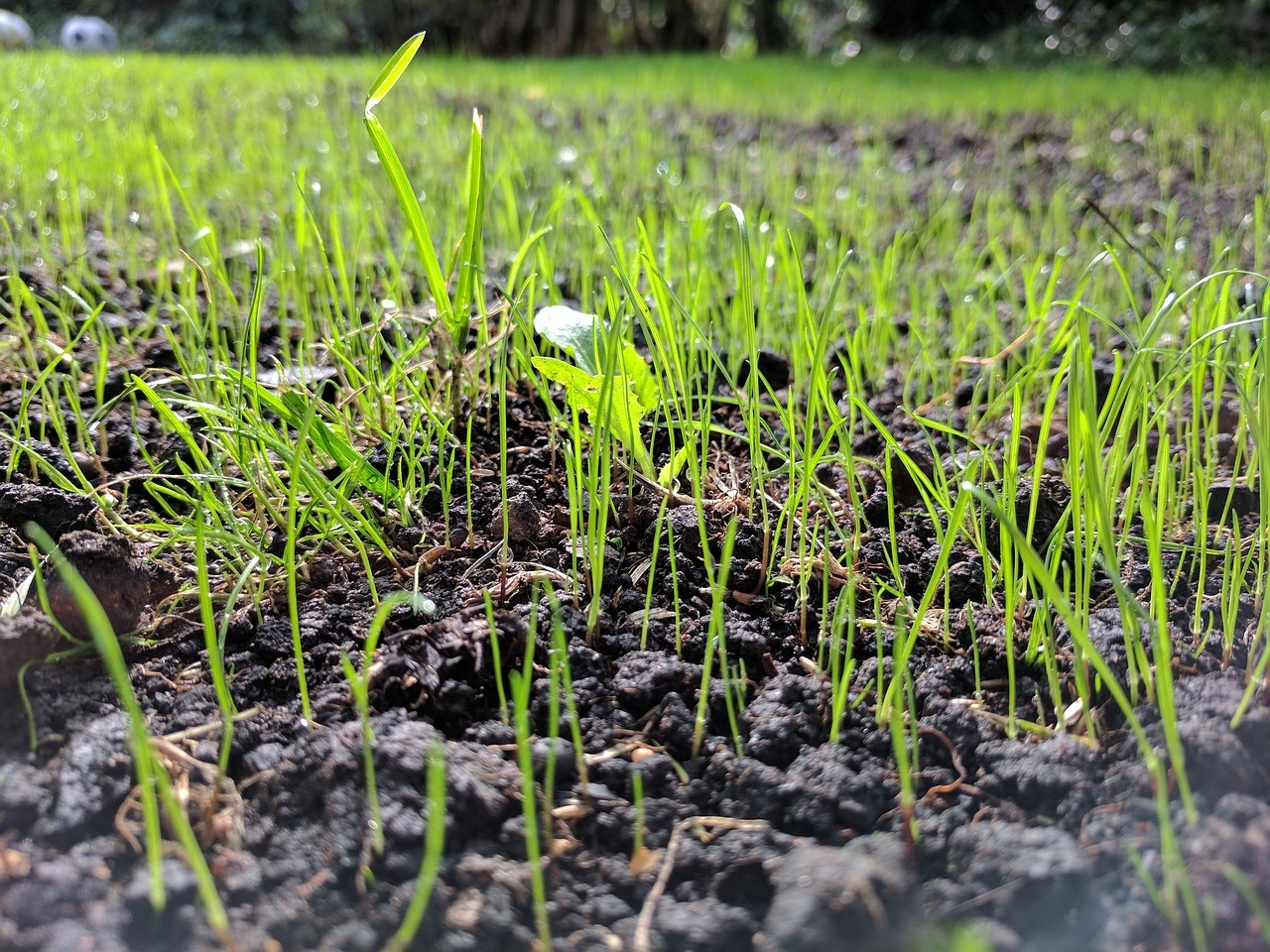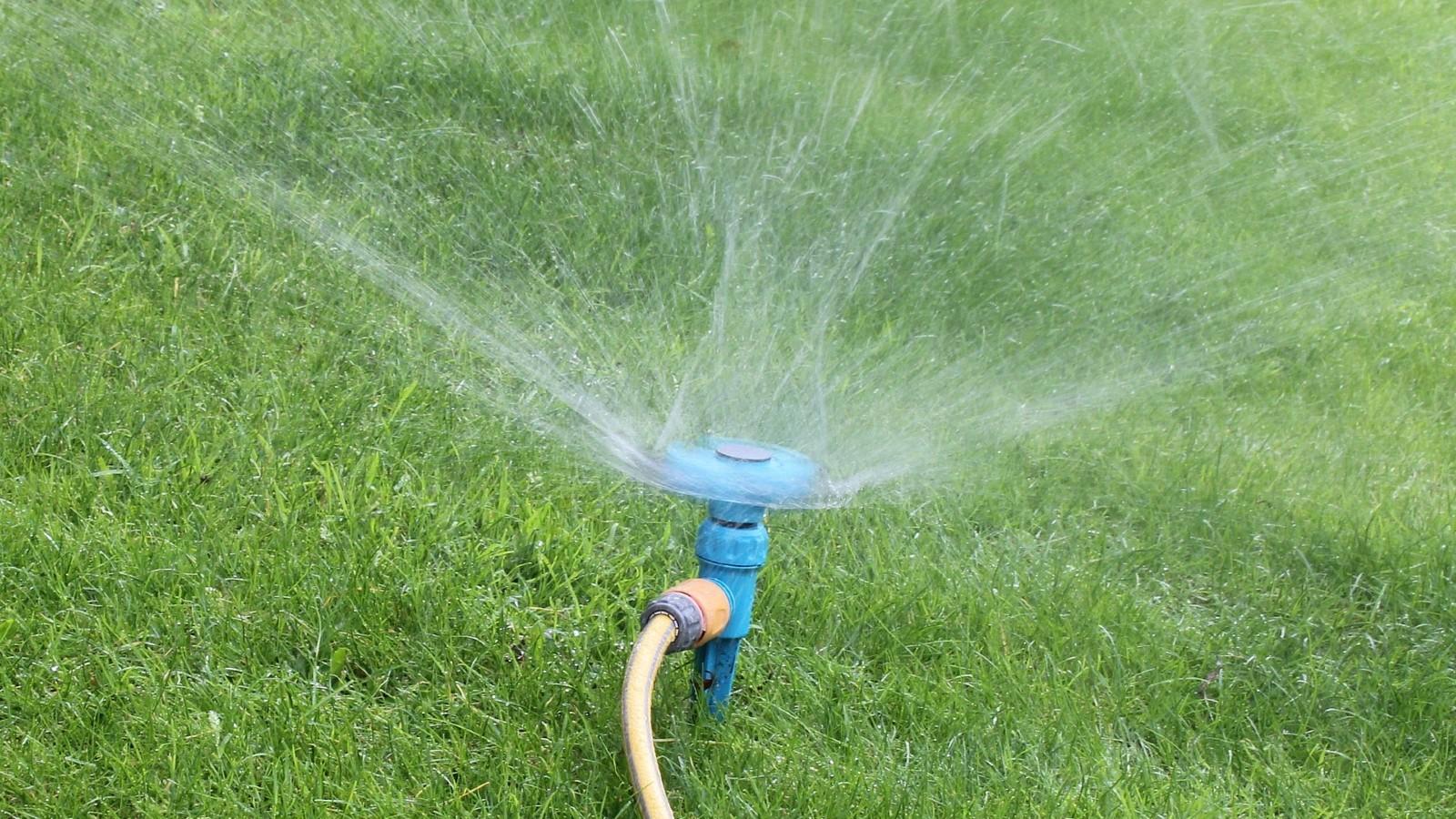Introduction: The Promise of a Lush Lawn
A lush, green lawn is the envy of every homeowner, providing a picturesque backdrop for outdoor activities and adding curb appeal to your property. However, achieving that perfect lawn begins with the proper care and nurturing of new grass seed. In this comprehensive guide, we’ll explore essential tips and techniques to ensure healthy lawn growth from the moment you sow the seeds.
Selecting the Right Seed: Lay the Foundation for Success
Before embarking on your lawn-growing journey, it’s crucial to select the right grass seed for your region and specific needs. Consider factors such as climate, soil type, sun exposure, and intended use of the lawn. Whether you opt for cool-season grasses like Kentucky bluegrass or warm-season varieties like Bermuda grass, choosing the appropriate seed sets the stage for success.

Preparing the Soil: Setting the Stage for Growth
A healthy lawn starts with healthy soil. Before sowing your grass seed, take the time to prepare the soil properly. Begin by removing any debris, weeds, or rocks from the area. Then, use a garden tiller or rake to loosen the soil and improve aeration. Incorporate organic matter such as compost or peat moss to enrich the soil and provide essential nutrients for seed germination and root development.
Sowing the Seed: A Delicate Process
Sowing grass seed may seem straightforward, but it’s a delicate process that requires careful attention to detail. Start by evenly distributing the seed over the prepared soil using a broadcast spreader or by hand. Avoid overseeding, as overcrowding can lead to competition for resources and poor germination. After sowing, lightly rake the seed into the soil to ensure good seed-to-soil contact, which is essential for successful germination.

Watering Wisely: Keeping the Soil Moist
Proper watering is critical during the germination and establishment phases of lawn growth. Keep the soil consistently moist but not waterlogged, as excess moisture can lead to fungal diseases and root rot. Water lightly and frequently, ensuring that the soil remains damp to the touch. Consider using a sprinkler system or soaker hose to provide gentle, uniform irrigation.
Protecting the Seedlings: Warding Off Pests and Weeds
As your grass seedlings begin to emerge, they become vulnerable to pests, weeds, and environmental stressors. Take proactive measures to protect your new lawn from potential threats. Use organic or chemical-free pest control methods to deter pests such as birds, rodents, and insects. Apply a pre-emergent herbicide to prevent weed seeds from germinating and competing with your grass seedlings for nutrients and sunlight.
Fostering Growth: Feeding Your Lawn
Just like any living organism, grass requires nutrients to thrive. Fertilize your new lawn according to the specific needs of the grass species you’ve chosen and the recommendations of a soil test. Choose a high-quality, slow-release fertilizer that provides a balanced blend of essential nutrients, including nitrogen, phosphorus, and potassium. Apply fertilizer sparingly to avoid overfeeding, which can result in excessive growth and weak, shallow roots.

Mowing Mindfully: Encouraging Healthy Growth
Once your grass seedlings have established themselves, it’s time to start mowing. However, approach mowing with care to avoid causing stress or damage to your new lawn. Set your mower to the appropriate height for the grass species you’re growing, ensuring that you never remove more than one-third of the grass blade length at a time. Mow regularly to promote even growth and discourage weeds from taking hold.
Monitoring and Maintenance: Keeping Your Lawn Healthy
Regular monitoring and maintenance are essential for the long-term health and vitality of your lawn. Keep an eye out for signs of stress, disease, or nutrient deficiencies, and address any issues promptly. Perform routine tasks such as aerating, dethatching, and overseeding as needed to promote healthy growth and maintain a thick, lush lawn. With proper care and attention, your new grass seed will flourish, transforming your outdoor space into a verdant oasis of beauty and tranquility.
Protecting the Seedlings: Warding Off Pests and Weeds
As your grass seedlings begin to emerge, they become vulnerable to pests, weeds, and environmental stressors. Take proactive measures to protect your new lawn from potential threats. Use organic or chemical-free pest control methods to deter pests such as birds, rodents, and insects. Applying a thin layer of straw or mulch can also help retain moisture in the soil and provide a barrier against pests.

Fostering Growth: Feeding Your Lawn
Just like any living organism, grass requires nutrients to thrive. Fertilize your new lawn according to the specific needs of the grass species you’ve chosen and the recommendations of a soil test. Choose a high-quality, slow-release fertilizer that provides a balanced blend of essential nutrients, including nitrogen, phosphorus, and potassium. Apply fertilizer sparingly to avoid overfeeding, which can result in excessive growth and weak, shallow roots.
Mowing Mindfully: Encouraging Healthy Growth
Once your grass seedlings have established themselves, it’s time to start mowing. However, approach mowing with care to avoid causing stress or damage to your new lawn. Set your mower to the appropriate height for the grass species you’re growing, ensuring that you never remove more than one-third of the grass blade length at a time. Mow regularly to promote even growth and discourage weeds from taking hold.
Monitoring and Maintenance: Keeping Your Lawn Healthy
Regular monitoring and maintenance are essential for the long-term health and vitality of your lawn. Keep an eye out for signs of stress, disease, or nutrient deficiencies, and address any issues promptly. Perform routine tasks such as aerating, dethatching, and overseeding as needed to promote healthy growth and maintain a thick, lush lawn. With proper care and attention, your new grass seed will flourish, transforming your outdoor space into a verdant oasis of beauty and tranquility.

Conclusion: Cultivating a Beautiful Lawn
In conclusion, nurturing new grass seed requires patience, diligence, and a bit of know-how. By selecting the right seed, preparing the soil, watering wisely, and providing proper care and maintenance, you can ensure healthy lawn growth and enjoy the beauty of a lush, green lawn for years to come. So roll up your sleeves, grab your gardening tools, and get ready to cultivate the lawn of your dreams!
